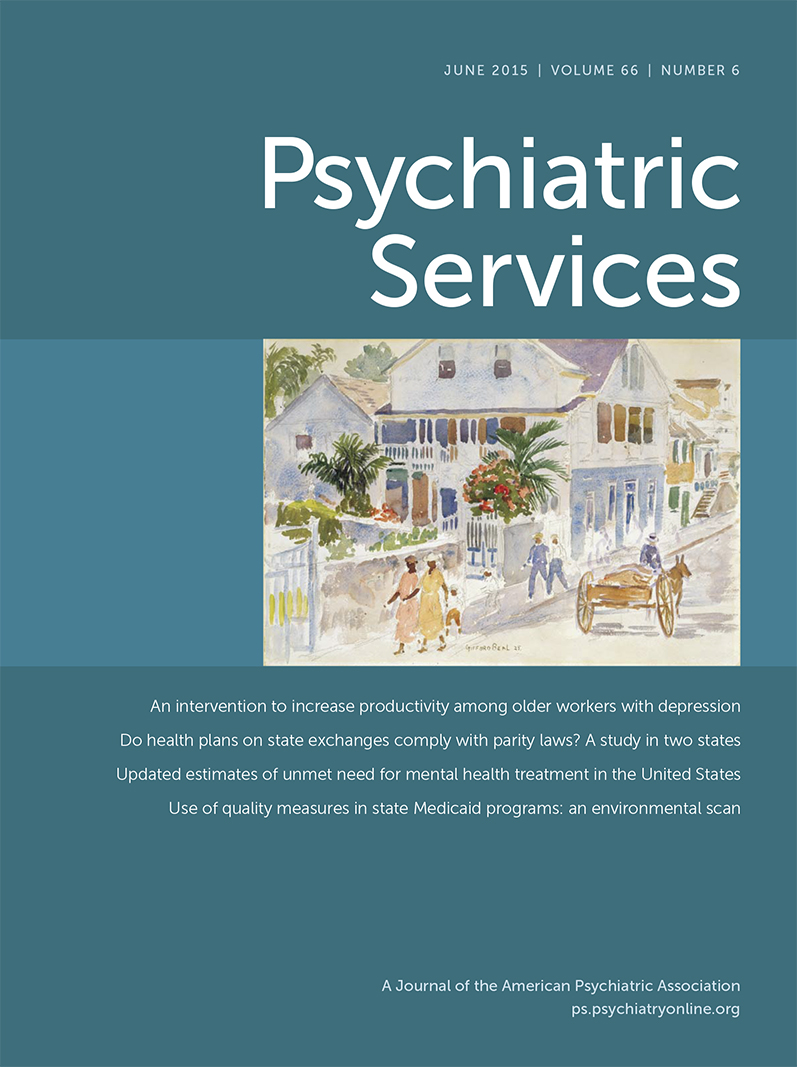A Tale of Two States: Do Consumers See Mental Health Insurance Parity When Shopping on State Exchanges?
Abstract
All insurance products sold on the health insurance exchanges established by the Affordable Care Act are required to offer mental health and substance use disorder benefits in compliance with requirements of the Paul Wellstone and Pete Domenici Mental Health Parity and Addiction Equity Act of 2008 (MHPAEA). This column identifies two dimensions of parity compliance that consumers observe while shopping for insurance products offered on two state-run exchanges. The authors discuss a number of apparent discrepancies with the requirements of MHPAEA in these observable dimensions, emphasizing the potential impact of these factors on consumers’ decisions about plan enrollment. The analysis reveals a nuanced picture of how insurance issuers are presenting behavioral health benefits to potential enrollees and illustrates broader concerns about parity compliance and the potential for selection on the exchanges. Four specific discrepancies are highlighted as areas for further evaluation.



